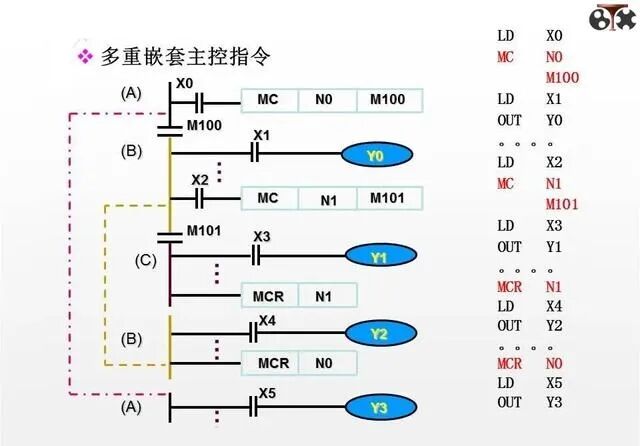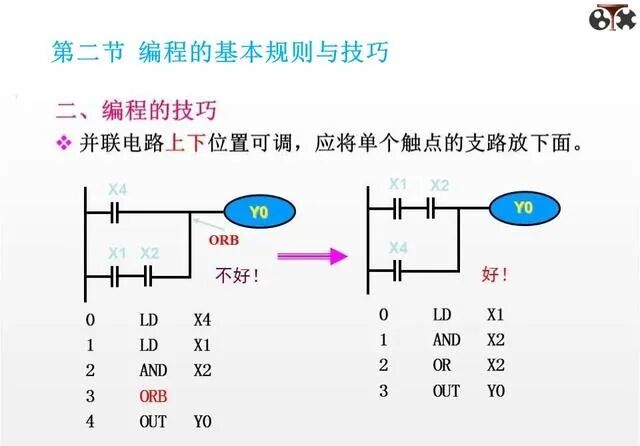PLC Program Version Management: The End of Code Chaos, Maintenance Efficiency Soars by 300%!

Last year, a certain automotive factory’s production line suddenly went down. Maintenance personnel spent three days and nights troubleshooting, only to discover that an old version of the program from two months ago had been mistakenly overwritten, causing logical errors in the equipment. This incident resulted in a direct loss of 2 million, and also led to customer claims. Even more dramatically, a chemical plant experienced an explosion due to a lack of version management, resulting in three deaths and direct economic losses of 5.479 million yuan!
1. Tool Selection: Choosing the Right Tools for Maximum Efficiency
Branch Strategy: The main branch (Master) holds the stable version, the development branch (Dev) is for new features, and the hotfix branch (Hotfix) is for urgent repairs. It’s like a highway with separate lanes, avoiding interference.
Submission Standards: Each submission must clearly state “Modification Content + Responsible Person + Date”, for example, “2024-04-29 Zhang San: Fixed the emergency stop logic of the conveyor belt”.
Permission Control: Ordinary engineers can only submit code, while administrators are responsible for merging and releasing. Refer to OPPO’s version management standards to avoid operational errors.
3. Backup and Rollback: Insuring Your Code
Three-Level Backup: Local hard drive + Cloud storage + Offline media (such as USB drives), with important projects automatically backed up every hour.
Rollback Drills: Simulate a failure once a month, using backup files to restore the system, ensuring backups are usable. A certain electronics factory reduced their recovery time from 4 hours to 0.5 hours through regular drills.
Version Tagging: Tag every major update, such as V1.0, V2.0, for easy historical version tracking.
4. Team Collaboration: Making Communication More Efficient
Code Review: Require at least two people to review the code to avoid basic errors. Refer to the Pull Request mechanism of open-source projects.
Document Synchronization: Each version update should include a “Change Log” detailing modifications and their impact.

Training Assessment: New employees must pass version management training before accessing core code, and existing employees must participate in skill assessments quarterly.
3. Pitfall Guide: How Many of These Misconceptions Have You Encountered?
Risk Assessment: Spend a week reviewing existing code to identify pain points of version chaos.
Tool Selection: Choose tools based on project scale; small teams are recommended to use Git + TIA Portal.
Pilot Testing: Select a non-core project for trial operation to validate process feasibility.
Full Promotion: Complete training for all staff within three months and establish a reward and punishment mechanism.
6. The Three Soul-Searching Questions: Is Your Factory Up to Standard?
Does your PLC program have a clear version number?
Can code conflicts be resolved within 10 minutes during team collaboration?
In emergencies, can you restore to a historical version within 30 minutes?
Code is not a draft paper; version management is the cornerstone of industrial automation! Mastering this method not only makes programs as precise as Swiss watches but also significantly boosts team collaboration efficiency. Remember: today’s code standards are tomorrow’s accident firewall!